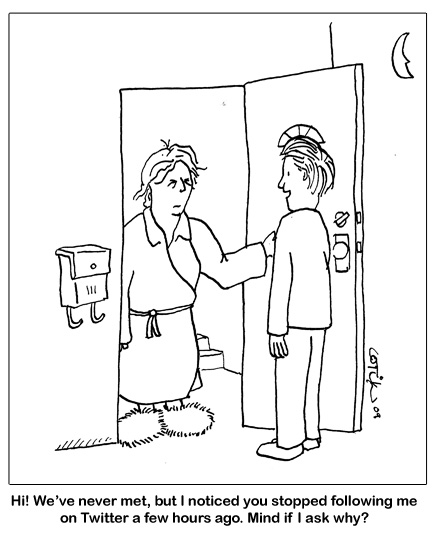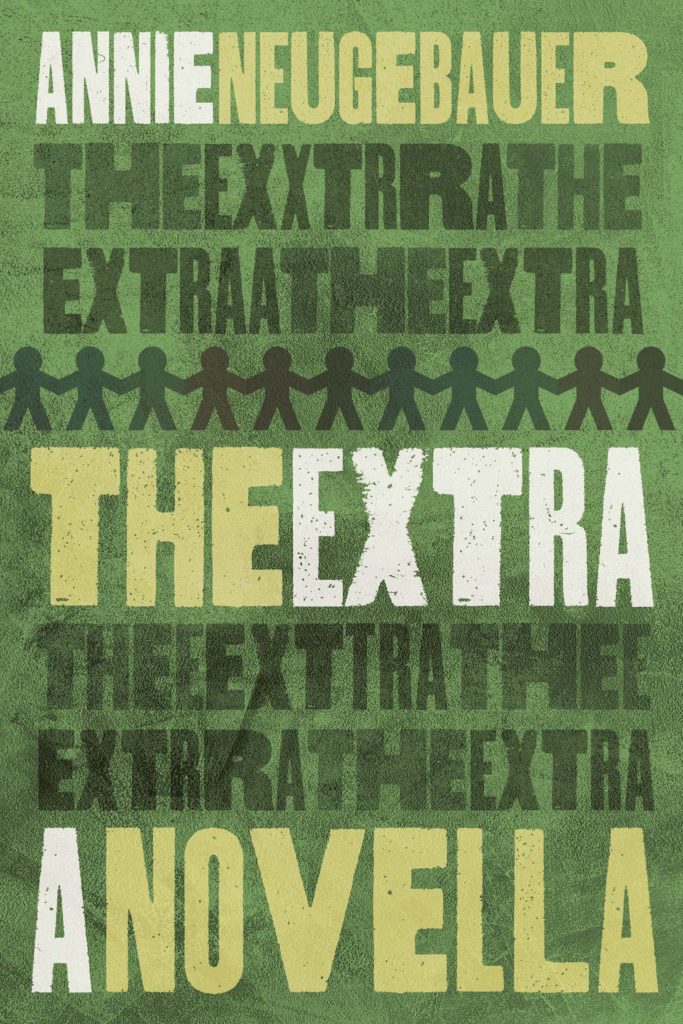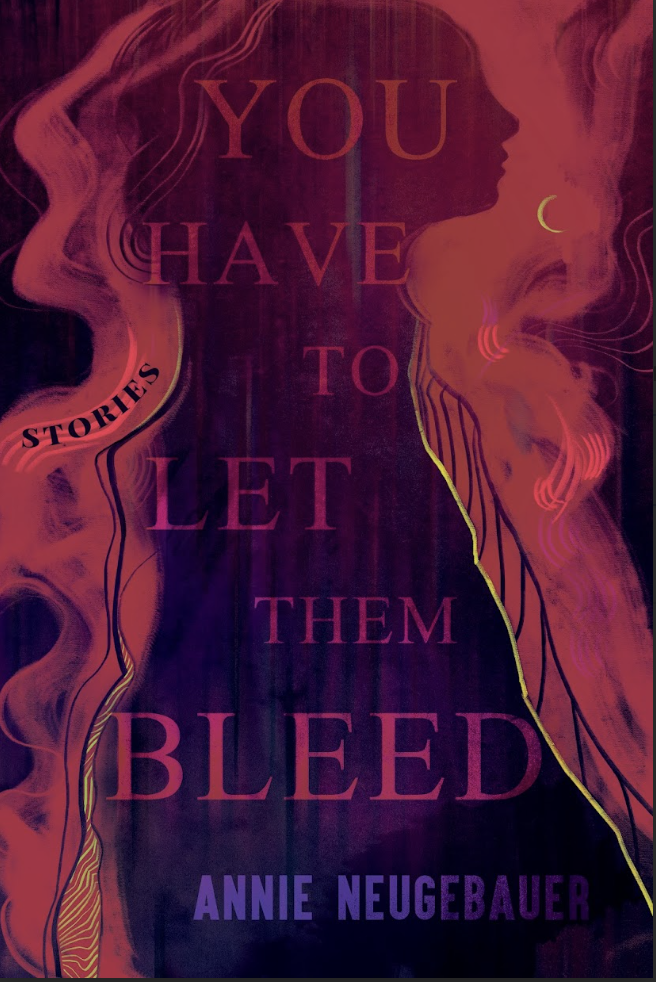[Prosers, click here if you want to skip down to the prose part.]
Fellow sonneteers! So far we have come up with our ideas, jotted down our thoughts, and given our poems a framework. Now comes the inevitable. It is time to pound out that first draft.
So this might be a good time to review the basics. You already have your rhyme-scheme framework (ABAB CDCD EFEF GG). And I briefly mentioned iambic pentameter, which means that each of those 14 lines will consist of ten syllables alternating unstressed-stressed (duh-DUH, duh-DUH, duh-DUH, duh-DUH, duh-DUH).
How important are these “rules”? Not very. Especially not if this is your first sonnet. Even Shakespeare broke meter in his sonnets, and if he can do it, we can too. Besides that, a lot of professional poets will tell you that they think irregular meter can make a poem more interesting anyway. So unless you’re a fixed-form purist or entering a sonnet contest that specifies a strict adherence to meter, don’t sweat the small stuff, baby. It’s all good.
Writing the rough draft is a scary stage for many people. And like so many scary things in life, sometimes the best way to face it is by diving in head-first. The most important thing, for me, is to write it quickly. Just like with prose: you are not allowed to edit as you write. Editing is what you do after you write. What does this mean for poetry? It means that you out-write your fear.
This is not the time to get hung up over imperfect meter or stuck because you can’t make a word fit where you want it. This is the time to stick “wond’ring” in because “wondering” doesn’t have the right number of syllables. It’s the time to allow weak phrases or even weak lines knowing that you can fix them later. Power through. No excuses.
A few things that might help you as you draft:
Your lines do not have to end where your clauses or sentences end (in other words, the ends of your lines don’t have to be periods or commas). There is a practice called enjambment that means the end of a line runs right into the beginning of the next with no break, and it’s not only acceptable but often time desired and/or advanced. So if your thought isn’t finished at the end of your line, no problem: just keep on going.
Remember, your lines don’t have to be perfect iambic pentameter. This means you can break meter as well as have some lines that are 9 or 11 syllables long, if need be. John Milton was a great user of what are called truncated lines – where the first unstressed syllable is missing – and if he can do it, you can too.
Can’t figure out what rhymes with a word? Try this free online rhyming dictionary.
Still can’t find a rhyme? No worries! There is such a thing as slant rhyme (also known as near or impure rhyme), and it can be a useful tool. This, again, might not fly in a traditional sonnet contest, but is a perfectly acceptable practice among modern sonneteers. Near rhymes are words like “set” and “trek” or “slither” and “lather” that don’t perfectly rhyme but still have sounds that ring similarly to the ear. So if you get stuck on finding a perfect rhyme, try out a near rhyme and see what you think.
Need help with terminology? Ask below, or see if this post about poetry basics answers some of your questions.
Feeling down? Thinking about giving up? Here’s a word from my own poetry mentor about the value he’s found in learning to write fixed-form poetry.
And remember, this is supposed to be fun. If it stops being fun and starts being frustrating, take a break. Come back to it the next day. You have a whole week, so go easy on yourself. Everything is tricky the first time you try it. Best of luck!
Posts in the Sonnet Building series:
Step 2: “Structuring a Skeleton”
Step 3: “Filling out the Flesh”
* * *
Prosers: What’d I love to hear about today is your opinion on the value of a speedy first draft. Most fiction writers are familiar with this due to NaNoWriMo (National Novel Writing Month), but it doesn’t have to be done only in November. Not to mention that 50,000 words is quite a bit too short for most publishable novel genres, so do the people who do this slow down in December or continue to power through?
I have long been a believer in the power of a quick rough draft. As I said above with the sonnet writing, I think there is something to be said for out-writing your fear. And there is a surprising amount of fear in drafting a new project: Is it good enough? Will I find time to finish it? Will anyone ever read it? Am I messing it up with this scene? The list is endless, and sometimes the best way to ignore those nagging questions is to drown them out with the endless clatter of a keyboard.
Here are a few tips that might help when a quick first draft is the goal:
- I love Natalia Sylvester’s idea to write blindfolded.
- Keep a “Thoughts” document separate from your draft. Whenever you have an idea (Hey! I could make her have blue eyes instead and it would symbolize…), a doubt (Is this character too whiny?), or a revision note (Remember to go back and check for consistency with this wound), just jot them down and close the document. That way you won’t be tempted to make those changes during your drafting instead of after you’re finished.
- Turn off your internet while you’re writing. Most keyboards have a button for this so you don’t have to actually unhook your router or anything; it looks like a tower with waves coming out of the top.
- Don’t research while you draft. Not sure if you character’s gun holds 6 bullets or 8? Instead of getting online to look it up right now, make use of your “comments” feature (under “review” in Microsoft Word) and make a note to check this later. Use your best guess now, confirm later. This way you don’t get lost in Internet Land instead of typing. (Do those little bubbles bother you? Go to “Final” –> unclick “Show Markup.” Voilà. Hidden until you want them.)
- Keep your hands on the keyboard. This might be a little extreme, but if you really need to crank out some words, refraining from using your mouse can help ensure you do nothing but write.
I do think, however, that there are times to slow down and think things out. But how do you know when those times are?
What are your experiences with fast drafting? Do you like it? Hate it? And how do you know when to say “slow”? I’d love to hear your thoughts!
Sonneteers: This week’s “assignment” is to write the rough draft of your sonnet.
How are you all doing so far? Need a word of encouragement? Have questions? Share below!
Share this:








